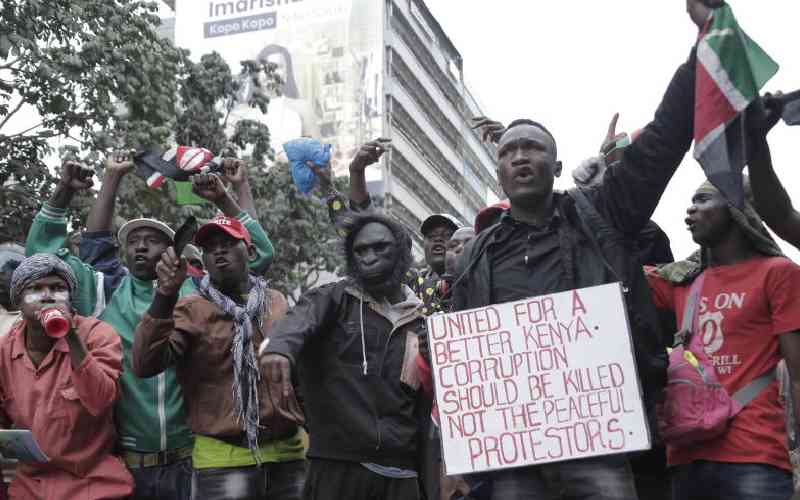×
The Standard e-Paper
Smart Minds Choose Us

A group of youths took to the streets protesting against bad governance and punitive taxes on July 16, 2024. [Kanyiri Wahito, Standard]
"How do you create ideas that the crowd grabs on to, makes stronger, and helps spread?" (Timms & Heimans, 2018).